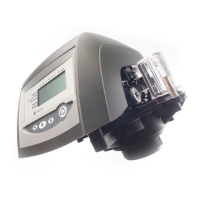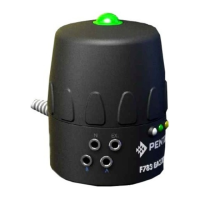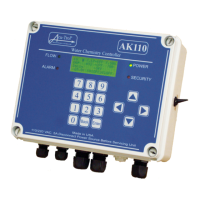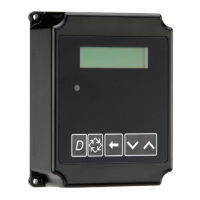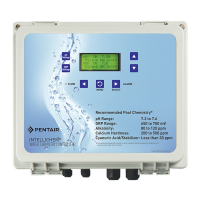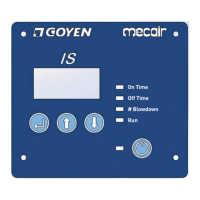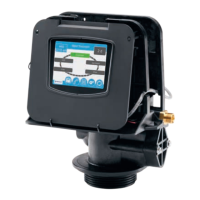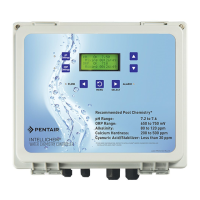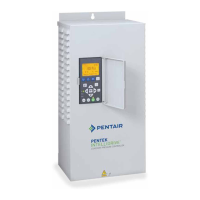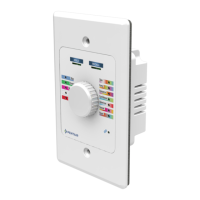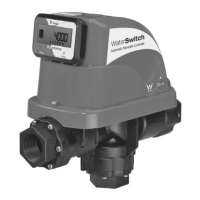EQUIPMENT INSTALLATION 9
Rev E
General
• Observe all warnings that appear in this manual.
• Keep the media tank in the upright position. Do not turn on side, upside
down, or drop. Turning the tank upside down will cause media to enter the
valve.
• Operating ambient temperature is between 34F (1C) and 120F (49C).
• Operating water temperature is between 34F (1F) and 100F (38C).
• Working water pressure range is 20 to 120 psi (1.38 to 8.27 bar). In
Canada the acceptable working water pressure range is 20 to 100 psi
(1.38 to 6.89 bar).
• Use only regenerant salts designed for water softening. Do not use ice
melting, block, or rock salts.
• Follow state and local codes for water testing. Do not use water that is
micro biologically unsafe or of unknown quality.
• When filling media tank, do not open water valve completely. Fill tank
slowly to prevent media from exiting the tank.
• When installing the water connection (bypass or manifold) connect to the
plumbing system first. Allow heated parts to cool and cemented parts to
set before installing any plastic parts. Do not get primer or solvent on
O-rings, nuts, or the valve.
System Regeneration Cycles (7-Cycle Operation)
1. Service (Downflow) — Cycle C0:
Untreated water is directed down through the resin bed and up through
the riser tube. The hardness ions attach themselves to the resin and are
removed from the water. The water is conditioned as it passes through
the resin bed.
2. Backwash (Upflow) — Cycles C1, C6:
The flow of water is reversed by the control valve and directed down the
riser tube and up through the resin bed. During the backwash cycle, the
bed is expanded and debris is flushed to the drain.
3. Brine/Slow Rinse (Downflow) — Cycles C2, C3:
The control directs water through the brine injector and brine is drawn
from the regenerant tank. The brine is then directed down through the
resin bed and up through the riser tube to the drain. The hardness ions
are displaced by sodium ions and are sent to the drain. The resin is
regenerated during the brine cycle. Brine draw is completed when the air
check closes.
4. Repressurize Cycle — (Hard Water Bypass Flapper Open), Cycle C4:
This cycle closes the flappers for a short time to allow the air and water to
hydraulically balance in the valve before continuing the regeneration.
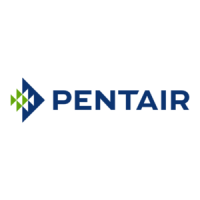
